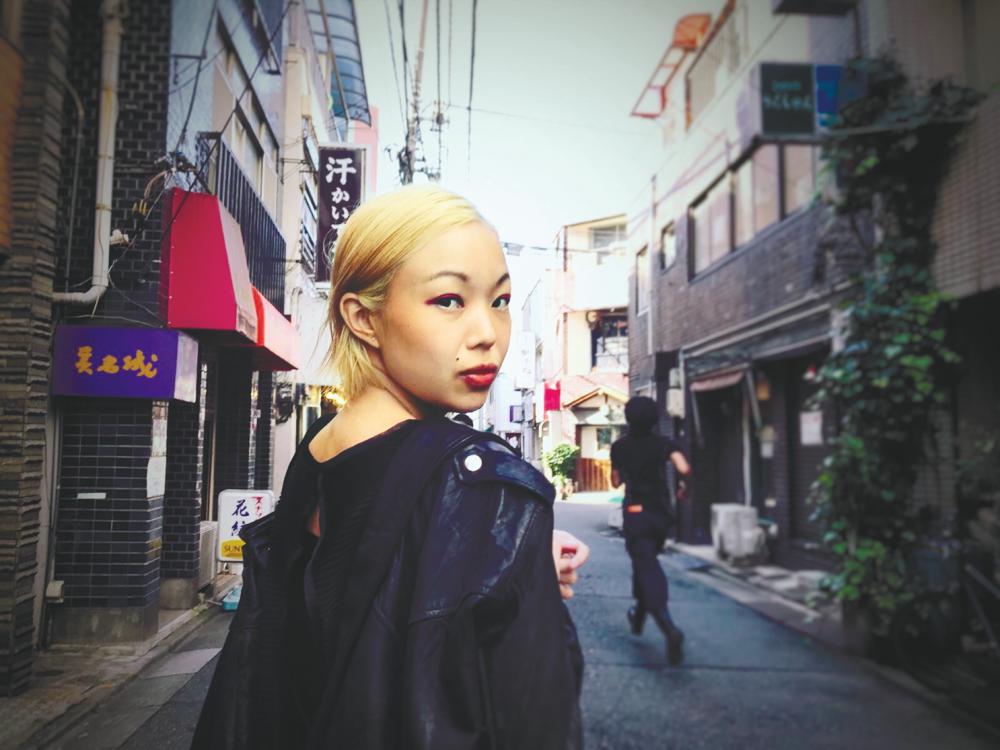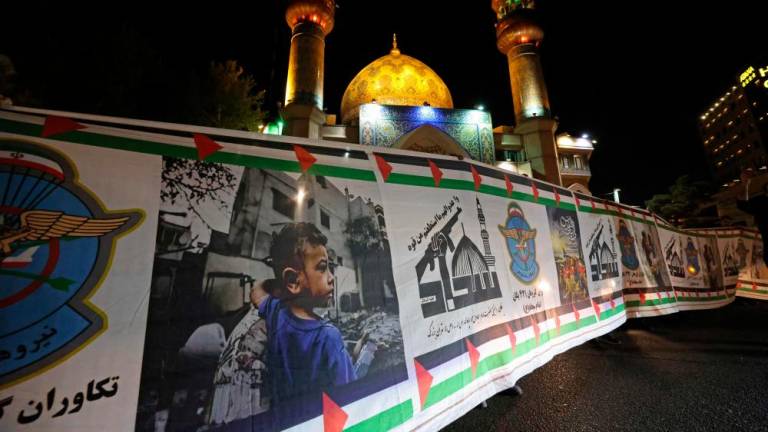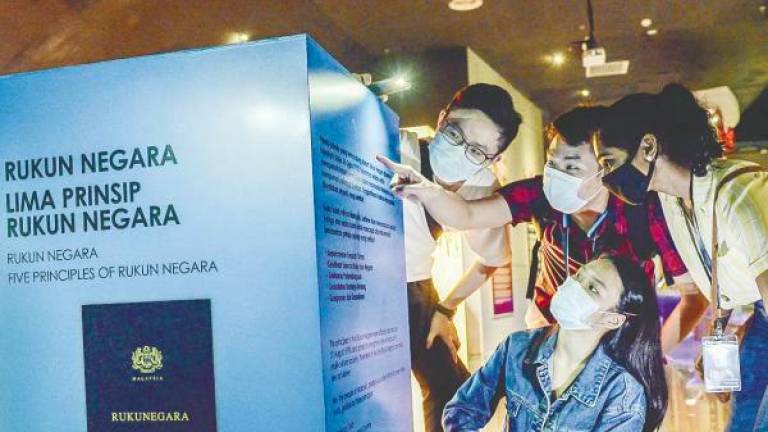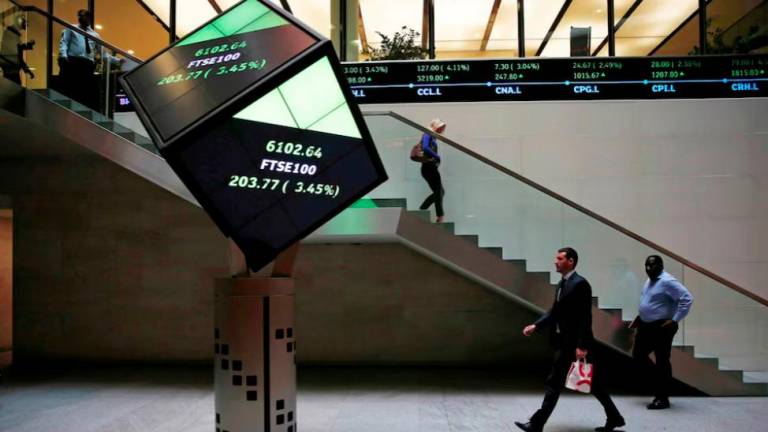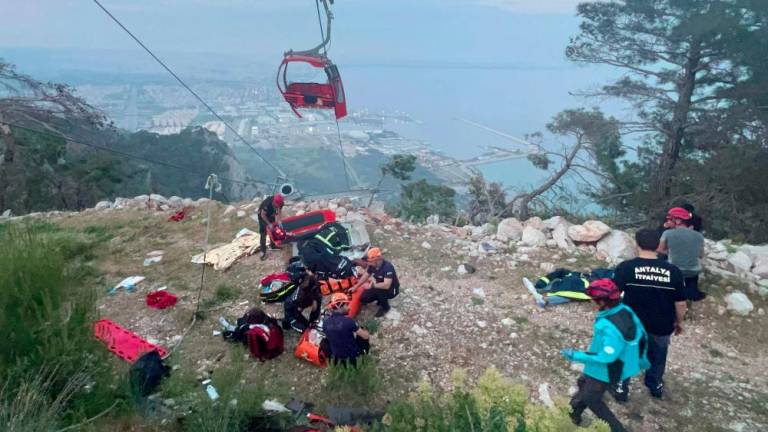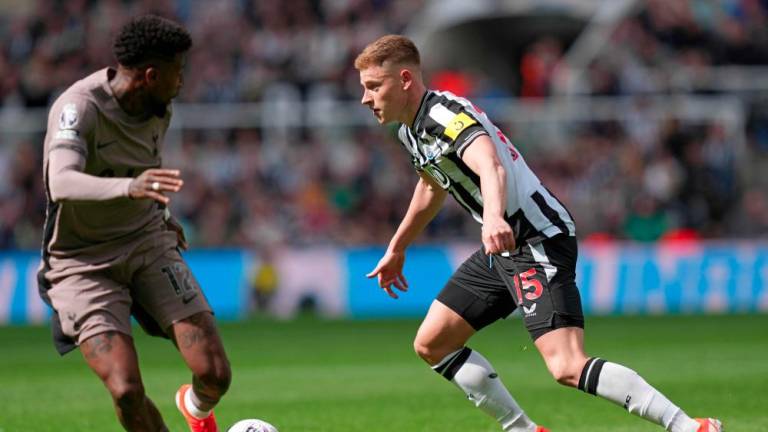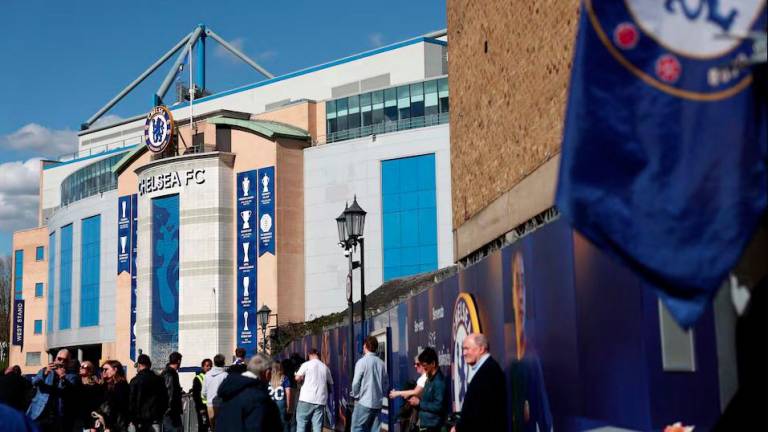BEST known for her collection of short stories, Ministry of Moral Panic (Epigram Books, 2013), Singapore-born Amanda Lee Koe found the inspiration for her first novel in a black-and-white photo featuring three women who would go on to become cinematic icons.
Koe, who is currently living in New York, was in Singapore during the Singapore Writers Festival to promote her debut novel, Delayed Rays of a Star.
When you flip open the book, you will see the picture featuring Koe’s three muses – German-American actress Marlene Dietrich, Chinese-American actress Anna May Wong, and German actress-director Leni Riefenstahl – posing at a party in Berlin in 1928.
During a recent tele-conference interview, Koe explained: “I came upon it in 2014 when I first moved to New York. I was in this iconic second-hand bookstore in Lower Manhattan called The Strand, and I was actually browsing through another photobook in the used book aisle when I came upon this monograph [where I discovered the photo].
“For me, encountering [the photo] for the first time, felt like [finding] a secret gap in time. This was taken in 1928, before any of the three women [became famous].”
Dietrich would go on to be a huge movie star in Hollywood, while Wong would begin a lifelong battle against racism in Hollywood, and Riefenstahl would go on to make propaganda films for Hitler.
At the time the picture was taken, Koe said they were just three women looking for their big break.
“That gave me an idea of how to approach historical fiction (maybe).”
Prior to coming across this picture, Koe admitted she did not have specific plans for her first novel.
“I think when I came across this photo, it [was clear] that this would be my novel.”
Describing herself as an indecisive person, Koe said it became clearer to her when she decided to write the story of these three women.
Koe chose to focus on all three women in her book, as well as a host of supporting characters (some fictional, some real) whose stories are tied to their association with these iconic ladies.
One of them is Dietrich’s maid Bebe, a Chinese immigrant trying to find her way in the world and who breaks out of the invisible shackles that society has placed on her.
Koe said: “Bebe is not the ghost of Anna May [Wong] reborn. I wanted her to be an echo of Anna May.”
She added that one of the joys of writing these types of novels is when readers “start picking up on these deliberate parallels”.
Koe said the book was also meant to depict what it meant to be a woman then, and now.
“I think I would have made my life easier if I had focused on one woman’s narrative. But I wanted a wider canvas.
“What I was interested in wasn’t just the individual journey, but also a way for me to grapple with the history of the 20th century by exploring their history.
“When juxtaposed together, it made for a challenging read. It was also challenging for me to write.”
Dietrich seems to be the central focus of the book. Both Wong and Riefenstahl have their own story, but they also have different associations and experiences from Dietrich.
In real life, these women were strong in their own way, never apologetic for what they had to do to get ahead.
Yet society tried to make them feel guilty for all their accomplishments, something they would have let slide if they were men.
“They were sort of pioneers in their fields almost a hundred years ago. I do sometimes wonder how far we have progressed or not progressed [since],” Koe said.
Women are still expected to conform with the patriarchal system that still exists today.
“Morality aside, if we look at them as three women fighting for their place in the sun, it is somehow strangely relevant today.”
Wong’s story, in particular, might remind us how Hollywood has been guilty of overlooking talent because of the actor’s ethnicity.
Wong was passed over for the lead role of O-Lan in the 1937 film adaptation of Pearl S. Buck’s classic The Good Earth – ironically, for being Chinese – and the role instead went to German actress Luise Rainier, who subsequently won an Oscar.
Koe said: “It is shocking that we are still grasping with Scarlett Johanssen playing the lead character in the [2017 live-action] adaptation of Ghost in the Shell.
“It just feels disconcerting that in certain ways, for all the talk on diversity and gender disparity, not that much has changed and that is quite disturbing.”



